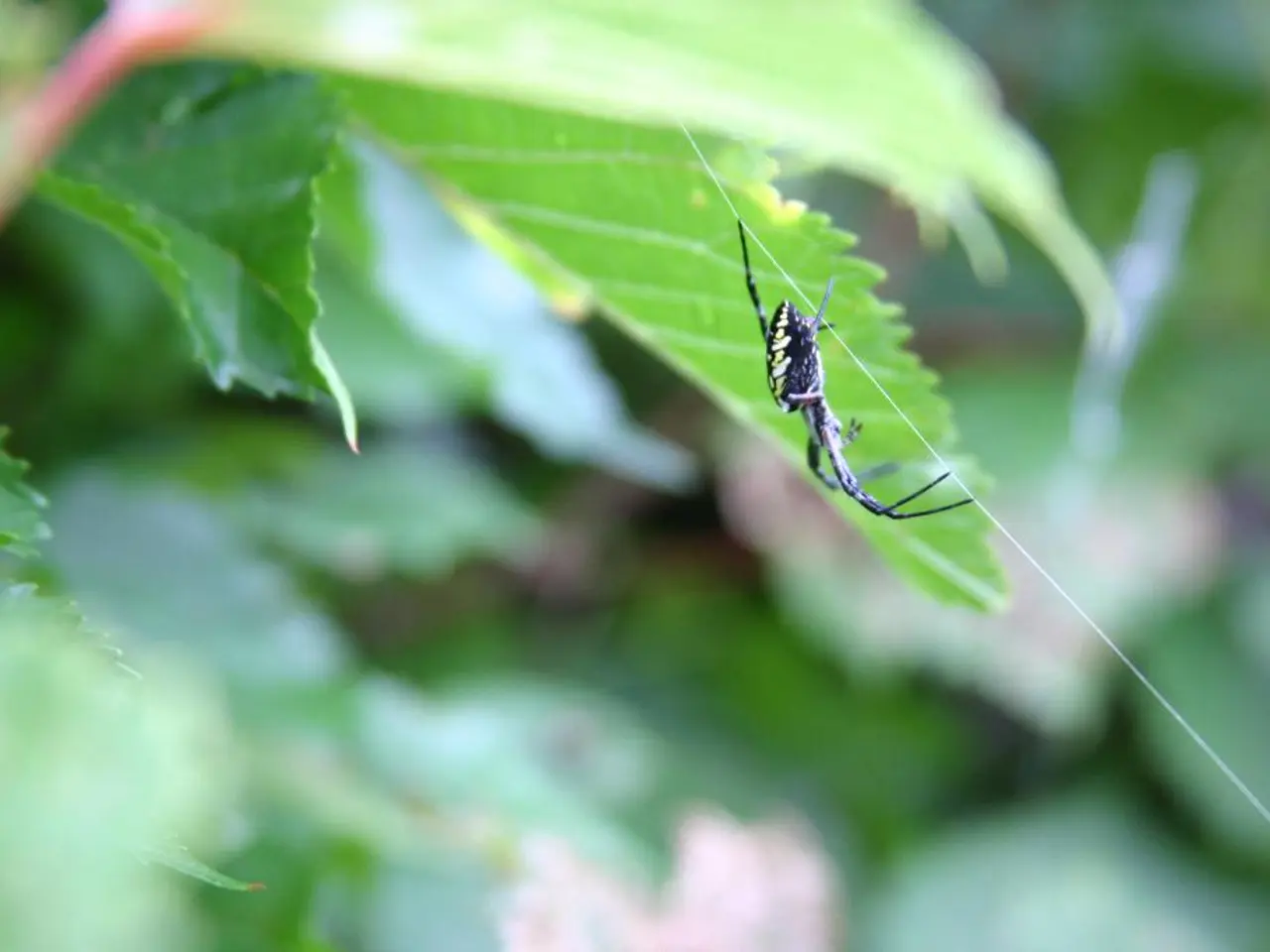Perfect Soil Type for Spider Plants
Spider plants, with their cascading foliage and airy appearance, are a popular choice for indoor gardening. To ensure these plants thrive, it's essential to create a well-balanced potting mix that caters to their specific needs. Here's a guide to help you craft the perfect soil mixture for your spider plants.
## The Components of an Ideal Soil Mixture
A successful potting mix for spider plants should strike a balance between nutrient content, drainage, aeration, pH range, and moisture retention.
### Nutrient Content
Spider plants benefit from a general, all-purpose potting mix that provides essential nutrients. Organic matter like compost can enhance soil fertility, offering a powerhouse of benefits for your plants.
### Drainage
A well-draining potting mix is crucial to prevent waterlogged soil, which can lead to root rot. Materials like perlite or vermiculite can improve drainage, ensuring your spider plants don't suffer from excess moisture.
### Aeration
Proper aeration ensures healthy root growth. Mixes with perlite or vermiculite also help aerate the soil by creating space for air to reach the roots.
### pH Range
Spider plants thrive in a slightly acidic to neutral soil pH, typically between 6.0 and 6.5. This range allows for efficient nutrient uptake, promoting healthy growth.
### Moisture Retention
Spider plants prefer moist soil but should not be waterlogged. Adding vermiculite can help retain moisture while preventing waterlogging, as it releases water gradually.
## Ideal Soil Mixture Composition
By combining the right components, you can create a well-balanced potting mix that supports the growth and health of your spider plants. A recommended soil mixture could include:
- **Peat Moss or Coconut Coir**: These provide moisture retention and organic matter. Coconut coir, in particular, offers benefits for moisture retention and pH balance, while being a versatile and eco-friendly ingredient. - **Perlite or Vermiculite**: Enhance drainage and aeration while helping maintain moisture levels. Perlite is a lightweight and fast-draining ingredient, while vermiculite improves aeration, water retention, and nutrient availability by creating air pockets within the soil. - **Compost or Organic Fertilizers**: Add nutrients for healthy plant growth. Compost is a powerhouse ingredient, providing benefits for water retention and essential nutrients.
For those who prefer an alternative mix, a combination of 2 parts potting soil, 1 part orchid bark, and 1 part perlite could also work well. Orchid bark offers aeration and essential nutrients, while mimicking the loose, airy environment spider plant roots prefer.
By following this guide, you can create a potting mix that provides the perfect environment for your spider plants to thrive, ensuring they remain healthy and vibrant for years to come.
Incorporating nutrient-rich ingredients like peat moss, coconut coir, and compost into your soil mixture for indoor plants can enhance their growth, as these provide essential nutrients and moisture retention. Following proper lifestyle practices, such as maintaining a balanced potting mix with excellent drainage, aeration, and a suitable pH level, can help improve the health of your home-and-garden plants, including your spider plants, and contribute to a vibrant indoor gardening space.




